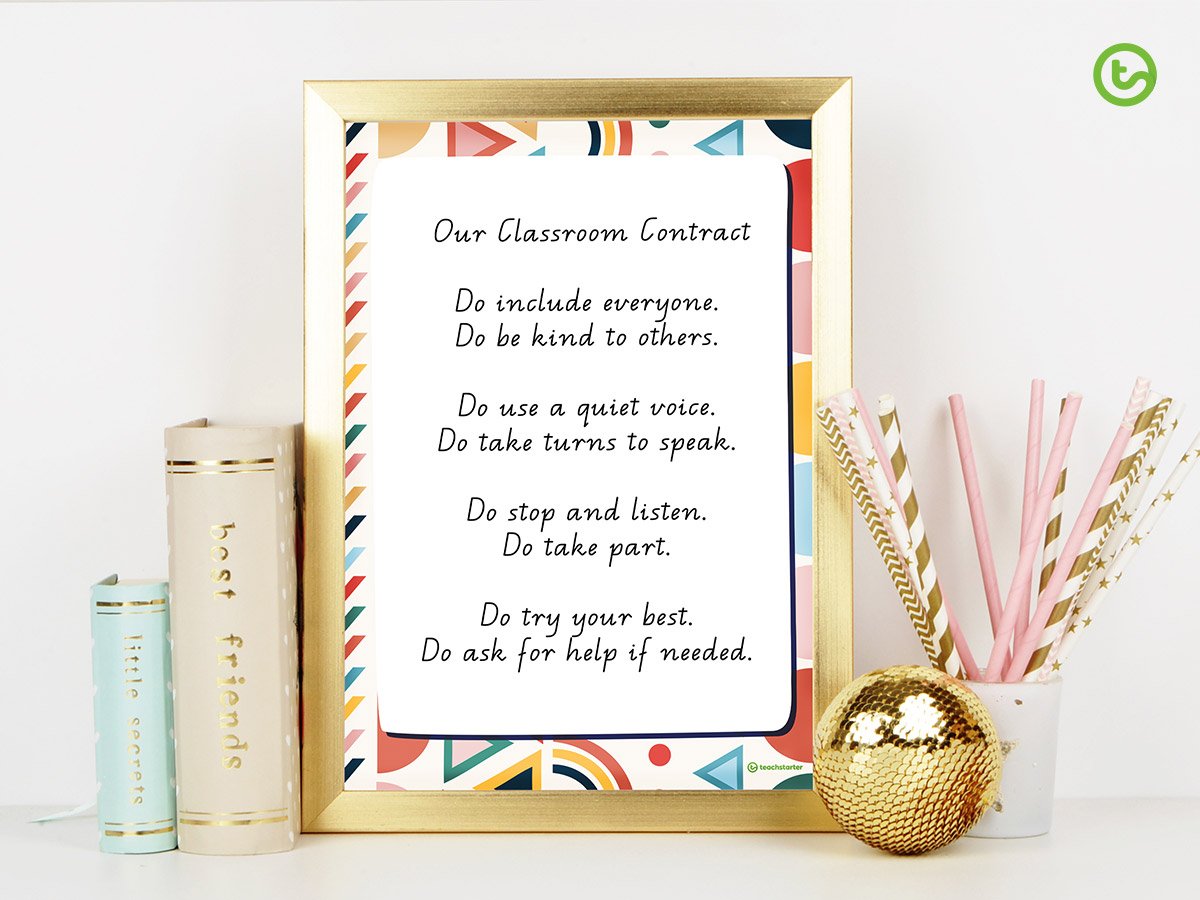Are you struggling with behaviour management in your classroom? If that’s a yes, you are not alone. Most importantly, it’s time to let go of any feelings of failure. Behaviour management is a challenge for many teachers. 
Let’s be honest when behaviour management is a problem in your classroom, every day at school can seem like an uphill climb. So, if you’re feeling a little defeated by your students’ behaviour right now, its time to take action and make a positive change.
What Makes Behaviour Management a Tough Gig?
Students are incredible and inspiring. Just like you and me, they feel happy, confident and at ease when expectations of them are crystal clear. Similarly, students are more likely to reach their academic potential when they are supported by clear rules and boundaries. So, what makes behaviour management so challenging?
In a nutshell, it’s because behaviour management needs consistent input, adjusting and fine-tuning.
So, as your students change and develop, so too must your behaviour management strategies. Sadly, what worked during one term may not work for the next.

Shutterstock image by Courtney Johnson
Therefore, to be a highly effective teacher our approach to behaviour management needs to be flexible, versatile and constantly evolving.
Check out our Behvoiur Management Collection for an extensive collection of rules and behaviour related teaching resources.
Student-Led Classroom Contracts
So, what’s the solution? Try a student-led classroom contract!
A student-led classroom contract is a behaviour management tool that makes expectations of behaviour explicit. It is an agreement between students and teacher, based on student ideas. A student-led classroom contract empowers your students and makes them accountable.
Let Your Students Own It!

Shutterstock image by Rawpixel.com
So, when is the best time for you to introduce a student-led contract? Straight up – anytime in the school year. In other words, you can introduce it at the start or end of the year, anytime when you need a reset or after a long break.
The Benefits of a Student-led Classroom Contract
Creating a student-led behaviour contract has many benefits. For example, this behaviour management strategy:
- empowers and motivates students by giving them ownership
- is a catalyst for collaboration and teamwork
- encourages students to develop self-management skills and self-reflection
- can be used to improve home/school communication
- offers flexibility and versatility
- can be implemented at any time.

Shutterstock image by Syda Productions
Check out our Personal and Social Capability Badges Resource Pack, which includes a collection of student badges that celebrate student success and progress in life skills, personal and social development.
Behaviour Management Anchor Chart
When you have gathered your students’ opinions and ideas, it’s time to provide supportive teacher instruction. This step helps to filter and organise ideas.
An anchor chart is a teaching tool that allows you to literally ‘anchor‘ your students learning. Most importantly, it allows you to facilitate teacher instruction without taking the power away from your students.

Create your chart together by using a good old marker pen or sticky notes. Help your students to sort their ideas by providing the headings.
For more anchor chart inspiration, read our blog, 25 Awesome Classroom Anchor Charts.
Choose Your Top Ten (or Less)
When you and your students have gathered ideas, organised them under headings and filtered them once, it’s time to filter them again!
So, at this stage, you are likely to encounter duplicate ideas (the same idea is phrased differently). For example, ‘underline the title and date’ and ‘follow book procedure rules’. In these instances, choose the more specific wording that makes the expectation explicit.
As a class, choose the rules that are most important to improve your current classroom culture. Keep it to 10 rules or less. Any more than this and you’ll run the risk of student overwhelm and failure. Also, remember to write a positive intention by starting each statement with ‘do’ rather than don’t. For example: ‘Do use a quiet voice’.
Student Signatures
For ultimate student ownership, ask your students to sign a copy of the contract. Also, it’s very powerful to send your classroom contract home as part of a homework task. encourage your students to share their contracts with parents or guardians and to discuss the importance of each statement.

Shutterstock image by Syda Productions
One final point… to make you classroom contract highly effective, it is critical to revisit, revise and reinforce your classroom contract daily.
It’s time to get your teacher superhero cape on once again and make a change! And remember, it’s all about making your expectations crystal clear, empowering students and making them accountable.








Comments